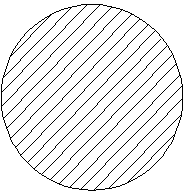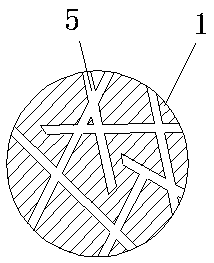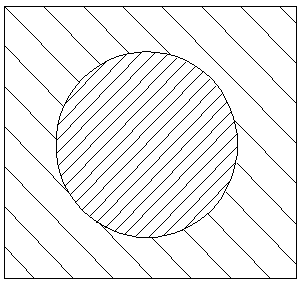Preparation method of porous nano antibacterial particles and composite nanofiltration membrane, and composite nanofiltration membrane
A technology of antibacterial particles and nanoparticles, applied in the field of membrane separation, can solve the problems of high antibacterial performance and membrane flux on the surface of the membrane, and achieve the effects of improving antibacterial and anti-pollution performance, high retention rate, and increasing water flux
- Summary
- Abstract
- Description
- Claims
- Application Information
AI Technical Summary
Problems solved by technology
Method used
Image
Examples
preparation example Construction
[0038] The invention provides a method for preparing porous copper-clad titanium dioxide nanometer antibacterial particles, which comprises:
[0039] Put titanium tetrachloride dropwise into an ice-water bath while vigorously stirring, add ammonium sulfate and concentrated hydrochloric acid aqueous solutions dropwise into the obtained titanium tetrachloride aqueous solution, and stir at a temperature below 15°C to obtain a mixture. The mixture was heated up to 93°C to 97°C and kept warm for 1 hour, then added concentrated ammonia water to adjust the pH value to 5-7, cooled to room temperature, and stood still for 12 hours to obtain titanium dioxide sol. Add 15% to 110% by weight of titanium tetrachloride β-cyclodextrin into the titanium dioxide sol, and stir vigorously at the same time, adjust the pH value to 5-6, and continue stirring for 1 hour to obtain the titanium dioxide glue. Put the titanium dioxide glue solution into a hydrothermal reaction kettle, and conduct a hydro...
Embodiment 0-6
[0049] Step 1: Preparation of Porous Copper-clad Titanium Dioxide Nanoparticles
[0050] Titanium tetrachloride was used as a precursor, and 40ml of TiCl4 was dropped into pure water under vigorous stirring in an ice-water bath. The aqueous solution dissolved in ammonium sulfate and concentrated hydrochloric acid is added dropwise to the obtained titanium tetrachloride aqueous solution, stirred, and the temperature is controlled below 15°C during the mixing process. After heating the mixture to 95°C and keeping it warm for 1 hour, add concentrated ammonia water, adjust the pH value to about 6, cool to room temperature, let it stand for 12 hours, and then wash with pure water, precipitate, and remove the supernatant for multiple washings. Under the condition of vigorous stirring, β-cyclodextrin was added to the cleaned titanium dioxide sol, and the amount of β-cyclodextrin added was 90% of titanium tetrachloride; the pH value of the solution was adjusted to 5-6, Continue to st...
Embodiment 7
[0069] Step 1 is the same as the above-mentioned embodiment;
[0070] Step 2: Preparation of Porous Copper-coated TiO2 Nano Antibacterial Particles Composite Antibacterial Nanofiltration Membrane
[0071] 18% (ratio to piperazine) porous copper coated TiO 2The nanoparticles were added to a 2.75wt% piperazine aqueous solution, and the nanoparticles were uniformly dispersed in the solution by ultrasonic vibration for 80 minutes.
[0072] Immerse the wet polysulfone support membrane in the above-mentioned piperazine aqueous solution for 4min, remove the excess aqueous solution on the surface of the polysulfone support membrane with a blower, then pour the decane solution of 0.95wt% trimesoyl chloride onto the surface of the above-mentioned polysulfone support membrane, Interfacial polymerization for 50 seconds. After the composite membrane was dried in the air for 4 minutes, it was heat-treated, and treated at 100° C. for 2 minutes to obtain a nanoporous antibacterial particle ...
PUM
 Login to View More
Login to View More Abstract
Description
Claims
Application Information
 Login to View More
Login to View More - R&D
- Intellectual Property
- Life Sciences
- Materials
- Tech Scout
- Unparalleled Data Quality
- Higher Quality Content
- 60% Fewer Hallucinations
Browse by: Latest US Patents, China's latest patents, Technical Efficacy Thesaurus, Application Domain, Technology Topic, Popular Technical Reports.
© 2025 PatSnap. All rights reserved.Legal|Privacy policy|Modern Slavery Act Transparency Statement|Sitemap|About US| Contact US: help@patsnap.com



